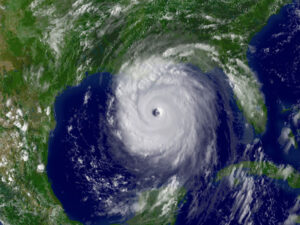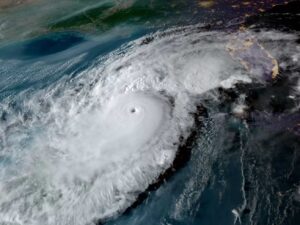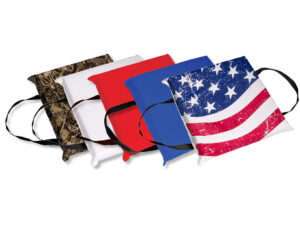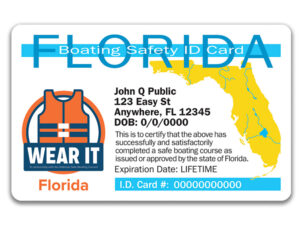For detailed step-by-step DIY information, watch these instructional videos, courtesy of Dr. Shrink.
The season is just about over and it’s time to put the old girl to bed for the winter. Encasing your boat in shrink-wrap is a great way to protect it from harsh elements and keep it clean. But is it a worthwhile DIY project, or should you holster the heat gun and leave the job for the yard?
The Yard
The yard has a few things in its favor. One, said Mark Friel, manager of the Brewer Yacht Yard in Glen Cove, New York, is liability. “Here you’ve got a person running around with an open flame,” Friel said. “He’s working around gas vents and fiberglass. We’ve got skilled workers and also insurance.”
It would take a yard like Friel’s Brewer facility anywhere from two to four hours to wrap a 26-foot center-console for winter storage. Friel didn’t quote a price, but like most yards, his charges by the foot for shrink-wrap service. Flying bridges, radar arches or other appendages typically increase the price.
Doing a quick online survey of yards across the country, prices ranged anywhere from $25 per foot up to $60 per foot for boats 30 feet or less. There are mobile shrink-wrap services that will travel to your boat — some cost as little as $10 per foot — but make sure their prices include materials and that they have insurance should they damage your boat.
Also, in the spring, you’d need to dispose of the used shrink-wrap. Reputable yards recycle it for you.
You
Companies like Dr. Shrink (dr-shrink.com) and Pro-Tect (shrinkwrapboats.com) offer the tools, materials and even instructions.
A new propane heat gun can cost anywhere from $600 to $1,200, but you can rent one for a week from shrinkwrapboats.com for $75 plus shipping. A roll of shrink-wrap can range from $100 to $300, plus shipping. Plus you need vents, strapping, a zipper door, vertical supports, a shrink-wrap knife, tape, adhesive spray and protective gloves.
As indicated, the scariest part of shrink-wrapping is dealing with open flame. Tape over the fuel vent to help prevent accidentally igniting any resident vapors. You’ll also need to protect all sharp corners with foam padding, old carpet samples, towels or rags.
You may need a few extra hands to wrangle the wrap straight around the boat without bunching. Then use the heat gun to shrink the wrap in place around the boat, starting by making a hem with the strapping around the perimeter at the bottom and working your way to the top. Practice shrinking a wood or plastic box to get a feel for how close is close enough to shrink the film yet not harm the fiberglass or ignite the wrap (it’s flammable.) Then add vents and a zipper door (available from shrink-wrap vendors), untape the fuel vent and get ready for hibernation.
The Verdict
If you pool resources and go in with a group of boaters to share the labor and materials cost, it may be worth your while, but otherwise it’s a job best left to the yard. Unless you’re handy with a heat gun and plan to do it every season.









